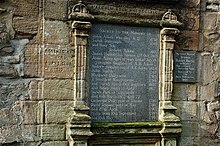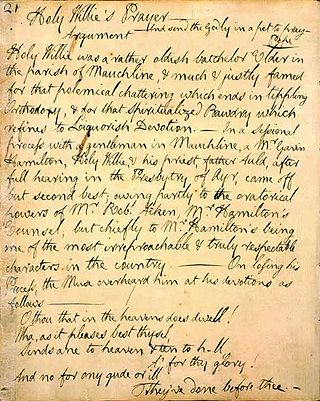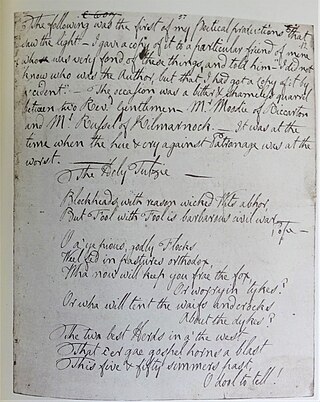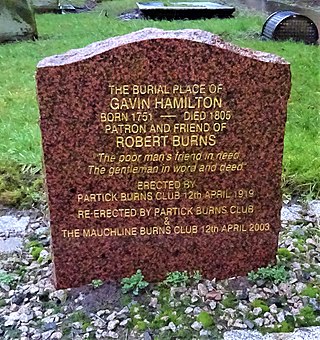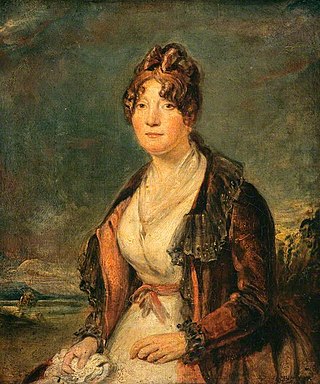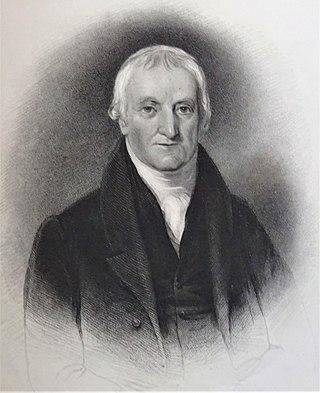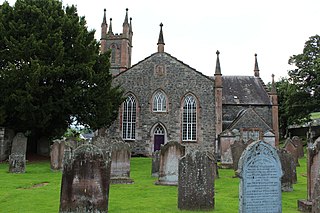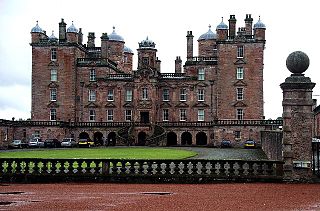Sir, as your mandate did request,
I send you here a faithfu' list,
O' gudes an' gear, an' a' my graith,
To which I'm clear to gi'e my aith. Imprimis, then, for carriage cattle,
I hae four brutes o' gallant mettle,
As ever drew afore a pettle.
My hand-afore 's a guid auld has-been,
An' wight an' wilfu' a' his days been:
My hand-ahin 's a weel gaun fillie,
That aft has borne me hame frae Killie.
An' your auld borough mony a time
In days when riding was nae crime.
But ance, when in my wooing pride
I, like a blockhead, boost to ride,
The wilfu' creature sae I pat to,
(Lord pardon a' my sins, an' that too!)
I play'd my fillie sic a shavie,
She's a' bedevil'd wi' the spavie.
My furr-ahin 's a wordy beast,
As e'er in tug or tow was traced.
The fourth's a Highland Donald hastle,
A damn'd red-wud Kilburnie blastie!
Foreby a cowt, o' cowts the wale,
As ever ran afore a tail:
Gin he be spar'd to be a beast,
He'll draw me fifteen pund at least.
Wheel-carriages I ha'e but few,
Three carts, an' twa are feckly new;
An auld wheelbarrow, mair for token,
Ae leg an' baith the trams are broken;
I made a poker o' the spin'le,
An' my auld mither brunt the trin'le. For men, I've three mischievous boys,
Run-deils for ranting an' for noise;
A gaudsman ane, a thrasher t' other:
Wee Davock hauds the nowt in fother.
I rule them as I ought, discreetly,
An' aften labour them completely;
An' aye on Sundays duly, nightly,
I on the Questions targe them tightly;
Till, faith! wee Davock's grown sae gleg,
Tho' scarcely langer than your leg,
He'll screed you aff Effectual Calling,
As fast as ony in the dwalling. I've nane in female servant station,
(Lord keep me aye frae a' temptation!)
I hae nae wife-and thay my bliss is,
An' ye have laid nae tax on misses;
An' then, if kirk folks dinna clutch me,
I ken the deevils darena touch me.
Wi' weans I'm mair than weel contented,
Heav'n sent me ane mae than I wanted!
My sonsie, smirking, dear-bought Bess,
She stares the daddy in her face,
Enough of ought ye like but grace;
But her, my bonie, sweet wee lady,
I've paid enough for her already;
An' gin ye tax her or her mither,
By the Lord, ye'se get them a' thegither! And now, remember, Mr. Aiken,
Nae kind of licence out I'm takin:
Frae this time forth, I do declare
I'se ne'er ride horse nor hizzie mair;
Thro' dirt and dub for life I'll paidle,
Ere I sae dear pay for a saddle;
My travel a' on foot I'll shank it,
I've sturdy bearers, Gude the thankit!
The kirk and you may tak you that,
It puts but little in your pat;
Sae dinna put me in your beuk,
Nor for my ten white shillings leuk. This list, wi' my ain hand I wrote it,
The day and date as under noted;
Then know all ye whom it concerns,
Subscripsi huic, Robert Burns.
Mossgiel.
|
